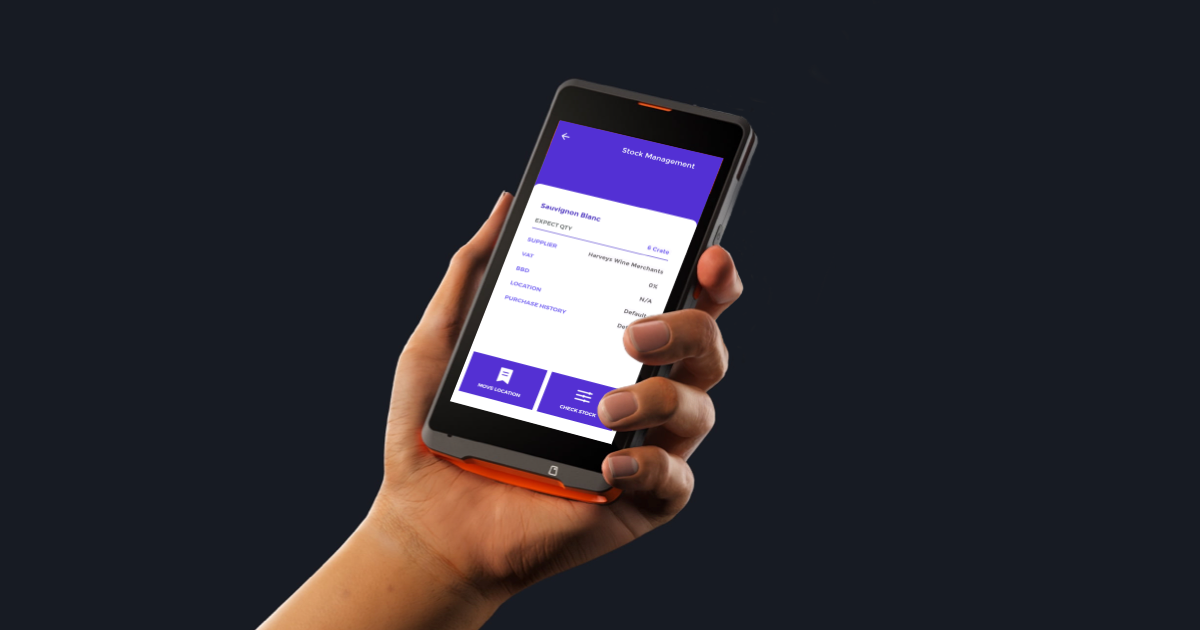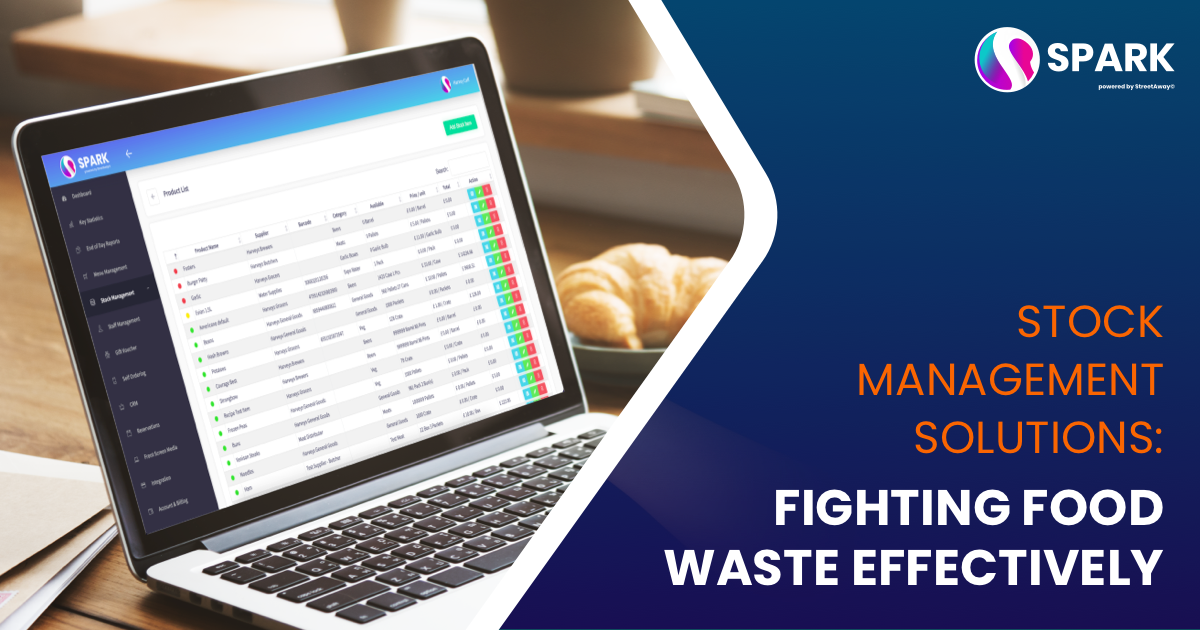Food waste is a global issue with significant environmental, social, and economic implications. The food industry faces the challenge of managing inventory effectively to minimise waste and embrace sustainable practices. One solution that has proven to be effective is the utilisation of a stock management system. In this guide, we will explore how implementing a stock management system can help businesses reduce food waste, optimise inventory management, and contribute to a more sustainable future.
Understanding the Impact of Food Waste
Food waste is a pressing concern that affects us all. Each year, a staggering amount of food is wasted, resulting in enormous environmental consequences. When food is wasted, the resources used to produce, transport, and store it are also wasted, including water, energy, and land. Additionally, food waste contributes to greenhouse gas emissions, exacerbating climate change. Socially, food waste represents missed opportunities to address hunger and food insecurity. By understanding the impact of food waste, we can recognise the urgent need to take action.
The Role of Stock Management Systems in Reducing Food Waste
Stock management systems play a crucial role in tackling food waste within the food industry. These systems enable businesses to efficiently track and manage their inventory, providing real-time visibility into stock levels, expiry dates, and product demand. By having accurate data and insights, businesses can make informed decisions about purchasing, production, and distribution. This helps to minimise overstocking, prevent expired products, and reduce the risk of spoilage. Through improved inventory management, stock management systems contribute to reducing food waste along the entire supply chain.

Implementing a Stock Management System for Food Waste Reduction
Implementing a stock management system requires careful planning and execution. Here are the key steps to get started:
- Choose the right software: Select a stock management software that suits your business needs and can handle the complexities of inventory management. Look for features such as real-time tracking, inventory forecasting, and integration capabilities.
- Set up product categories: Organise your inventory into clear and distinct product categories to streamline management and enable better tracking of stock levels, expiry dates, and product attributes.
- Integration with existing systems: Consider an EPoS provider that can provide an all-in-one package, ensuring seamless integration of your EPoS system with stock management, mobile ordering, reservations, and staff scheduling functionalities.
Best Practices for Utilising Stock Management Systems
To effectively utilise a stock management system for reducing food waste, consider the following best practices:
- Set accurate reorder points: Establish optimal reorder points based on historical data and demand patterns to avoid overstocking or running out of critical items.
- Implement first-in-first-out (FIFO) practices: Ensure that older stock is used or sold first to minimise the risk of products expiring or becoming unsellable.
- Conduct regular inventory audits: Regularly review and reconcile your inventory to identify discrepancies, reduce the chances of stockouts, and detect potential issues early on.
Utilising a stock management system is a practical and effective approach for businesses to reduce food waste and contribute to a more sustainable food system. By implementing the steps outlined in this guide and adopting best practices, businesses can optimise their inventory management, minimise waste, and embrace sustainable practices. Together, we can work towards a future where food waste is significantly reduced, resources are used efficiently, and a more sustainable and equitable food system is achieved.
If you're interested in learning more about SPARK's Stock Management system then click the link below to learn more!
Smart Hospitality Made Simple
How?
Stay Ahead of the Game: Top Food Trends for Restaurants in 2023
Boost Your Bottom Line: Tips for Increasing Restaurant Profitability
The Ultimate Guide To Being a Successful Festival Vendor
Restaurant Tips For Surviving and Thriving During Those Busy Periods
Smart EPoS
EPoS: Changing EPoS Providers: When to Switch and How to Do It
SPARK Pay: Choosing the Right Payment Device: Key Questions for Businesses
Kiosk: Take Your Restaurant to the Next Level with a Self-Service Kiosk
KDS: SPARK KDS: How It Can Improve Your Restaurant
Mobile Ordering: The Rise of Contactless Ordering
Stock Management: Managing Stock: Just as Important as Managing Staff
Reservations: From Chaos to Order: The Importance of a Well-Managed Reservation System
CRM: How Hospitality Businesses Can Build Their Customer Base
Smart Robotics
ButlerBot W3, Hotel Delivery Robot: Introducing ButlerBot: Embracing Innovation in Hotel Operations
Phantas, All-in-one Cleaning Robot: Introducing Phantas: The Future of Robotic Cleaning
PuduBot 2, Universal Delivery Robot: Introducing PuduBot 2: Transforming the Hospitality Industry
BellaBot, Premium Delivery Robot: Introducing PUDU Robotics to the UK Market!
KettyBot, Delivery & Reception Robot: Ketty The Robotic Waiter Is At Your Service
HolaBot, Heavy-Duty Delivery Robot: Restaurant Automation: How Robotics Can Help Navigate Staff Shortages




